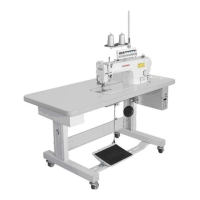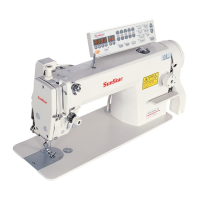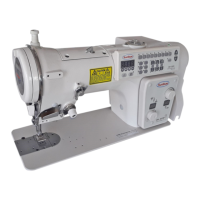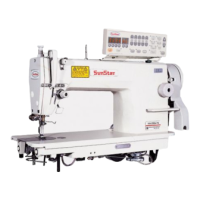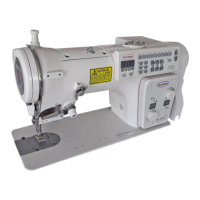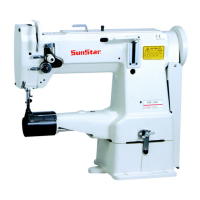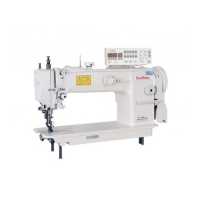Why does the needle keep breaking on my SunStar KM-2300?
- TTimothy HarrisonJul 31, 2025
If the needle breaks in your SunStar Sewing Machine, several factors could be responsible. First, ensure the needle is correctly inserted. If it's bent, replace it. Additionally, check the timing of the feed dog, needle, and hook; adjustments may be needed to resolve the issue.
